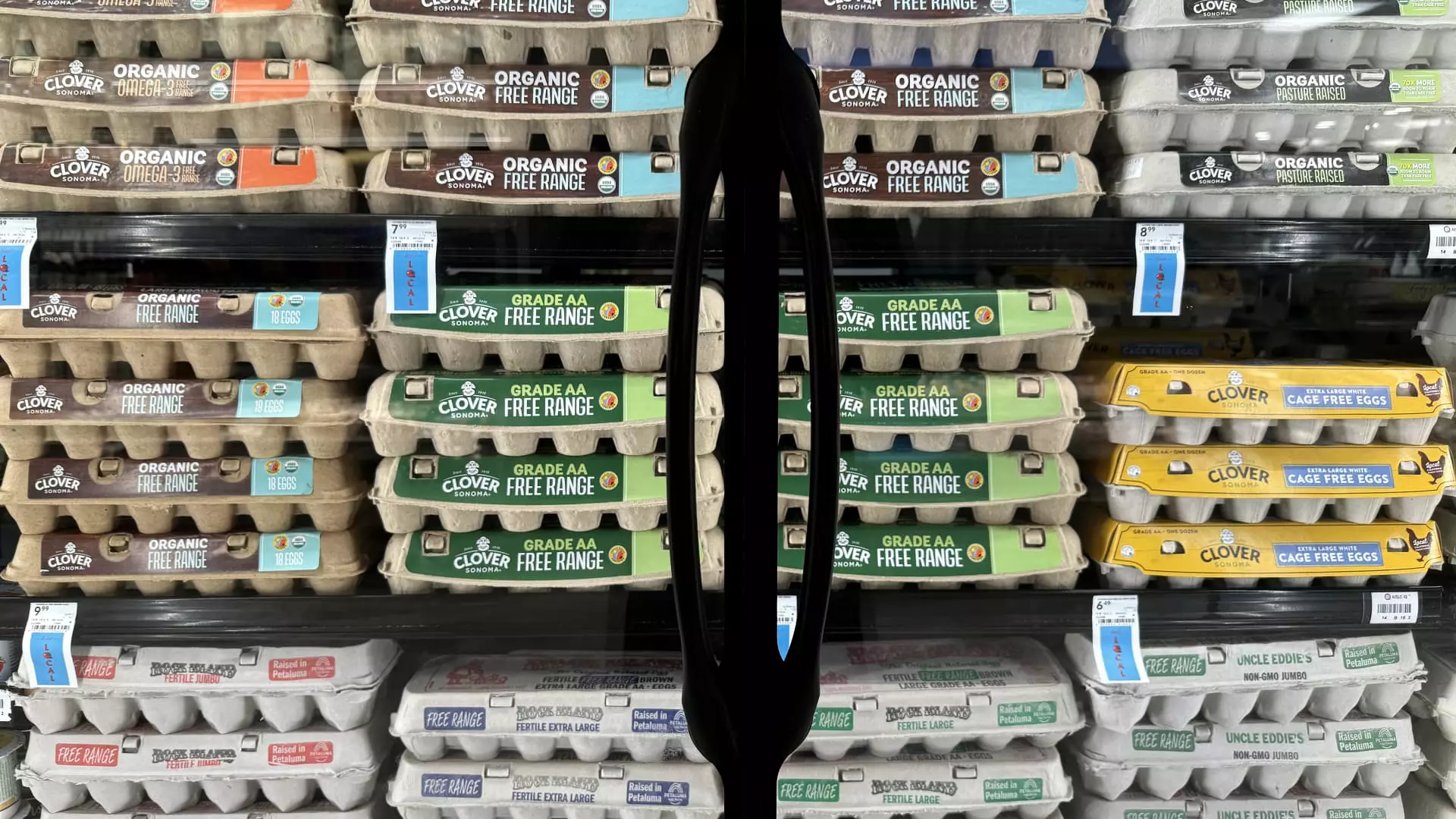The U.S. economy has recently presented a mixed bag of economic indicators, demonstrating both resilience and the potential for challenge as inflation remains a key focus for policymakers. As of September, the consumer price index (CPI) revealed a modest rise in prices, raising questions about future monetary policy decisions by the Federal Reserve. At the same time, a surge in jobless claims underscored the impact of natural disasters on employment trends, adding to the complexity of the economic landscape.
According to the latest report from the Labor Department, the consumer price index increased by a seasonally adjusted 0.2% for the month, pushing the annual inflation rate to 2.4%. This figure was notably higher than what analysts had anticipated, coming in 0.1 percentage point above forecasts made by Dow Jones. While the annual figure reflects a decrease from 2.5% recorded in August, it marks the lowest level since February 2021. When evaluating core inflation, which excludes volatile food and energy prices, the monthly increase reaches 0.3%, leading to an annual rate of 3.3%.
This recent inflation data highlights a troubling trend as essential categories such as food and shelter contribute significantly to rising prices. Specifically, a 0.4% increase in food prices and a 0.2% rise in shelter costs dominated the inflationary pressures, indicating that certain staples are becoming more expensive for consumers. This inflationary pressure has raised concerns among economists that price increases, particularly in food categories, are enduring and could impact consumer spending moving forward.
As the economy deals with rising inflation, recent labor market statistics present a rather stark contrast. Initial claims for unemployment benefits unexpectedly surged, reaching 258,000 for the week ending October 5. This figure reflects an increase of 33,000 from the previous week and surpasses expectations of 230,000. The uptick in jobless claims correlates with damages reported from Hurricane Helene, which made landfall in late September and adversely affected states like Florida and North Carolina.
The rise in unemployment claims signals potential vulnerabilities within the labor market, with continuing unemployment claims climbing to 1.861 million. Such trends may illuminate labor market weak spots when juxtaposed against overall economic stability metrics. Policymakers from the Federal Reserve have expressed growing concerns regarding the labor market’s trajectory, particularly as they have begun to reduce benchmark interest rates to stimulate economic activity.
As the Federal Reserve navigates the complexities of these economic signals, market participants are eagerly awaiting forthcoming decisions regarding interest rates. Recently, the central bank cut rates by a half percentage point in September. Futures traders have reacted to the latest economic indicators by increasing their bets that another quarter-point cut will occur at the Fed’s upcoming meeting in early November, driven by an increased certainty of easing inflation pressures.
While the Fed’s focus remains on returning inflation to their 2% target, current inflation levels significantly exceed this benchmark, complicating their policy options. The persistence of rising prices in sectors such as food and shelter may necessitate tempered expectations regarding future rate cuts. The central bank’s internal deliberations must balance the urgency of curbing inflation with the need to support employment growth, particularly as sluggish claims data suggests that the economy may be at a critical juncture.
The latest economic indicators provide a multifaceted view of the current landscape. The unexpected increase in jobless claims and rising inflation rates point to underlying challenges facing the U.S. economy. As the Federal Reserve contemplates its next steps, it is crucial to consider the implications of these trends on consumers and businesses alike. Ultimately, the intersection of inflation and labor market dynamics will play a pivotal role in shaping future monetary policy, underscoring the interconnectedness of these key economic factors.


Leave a Reply